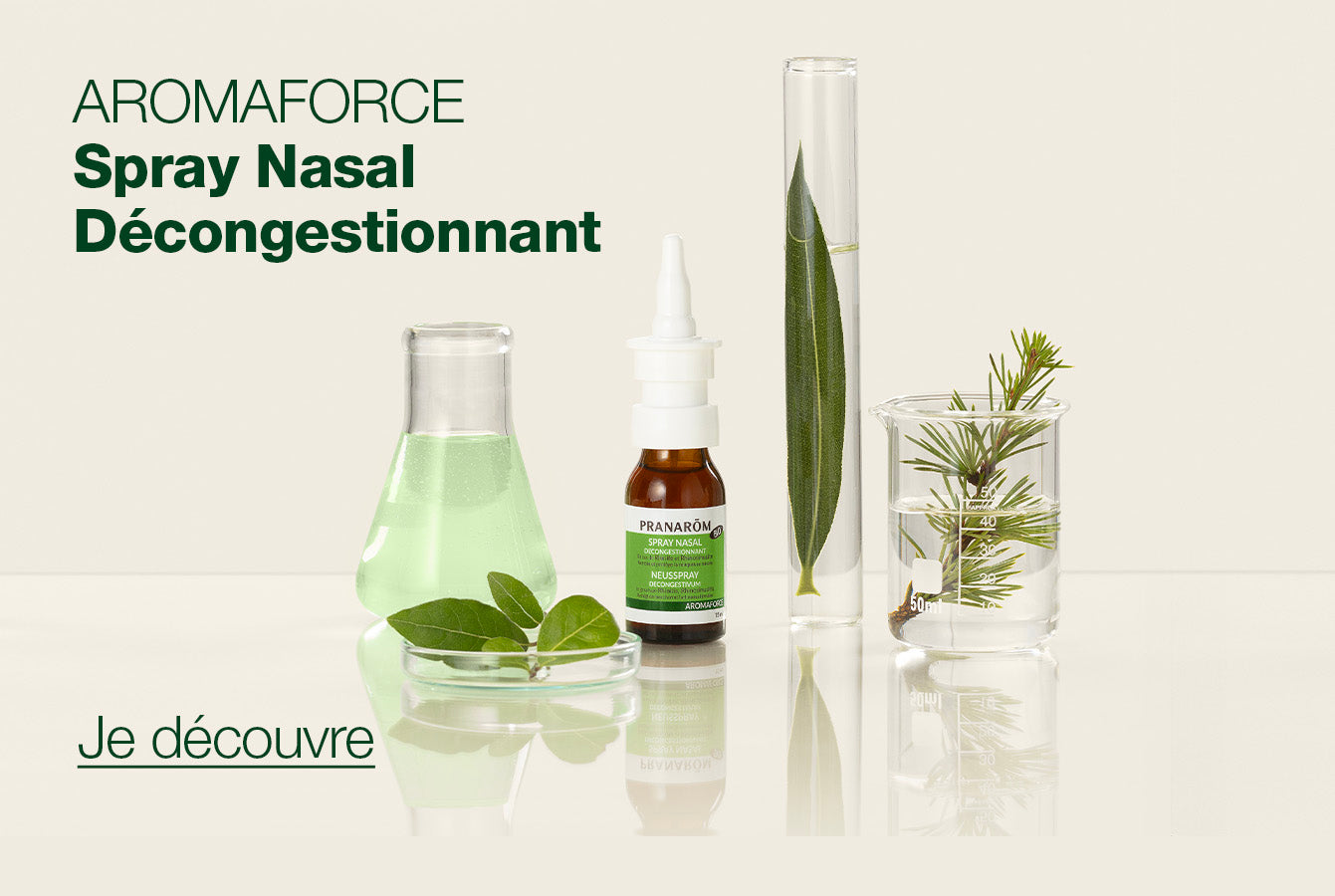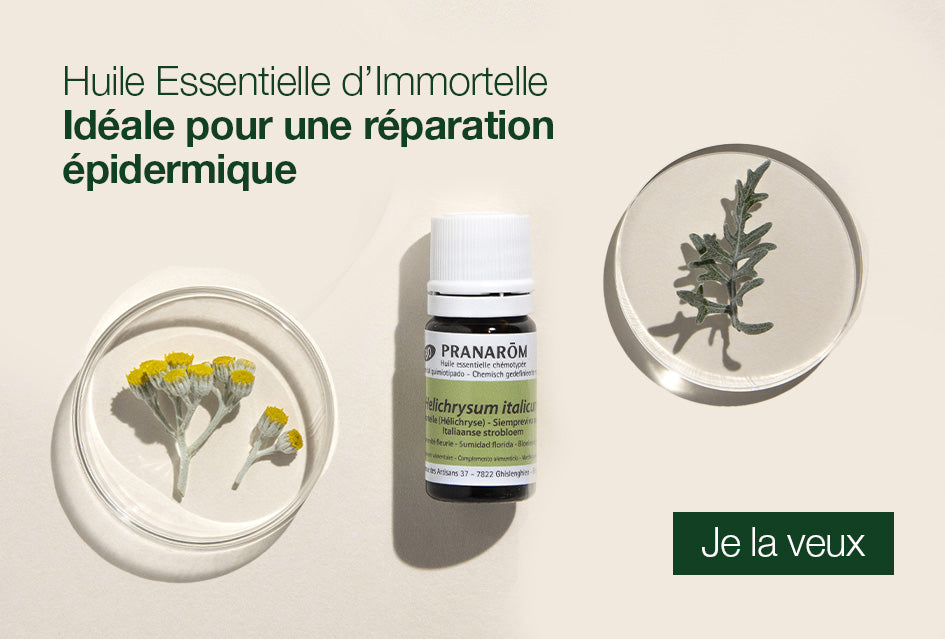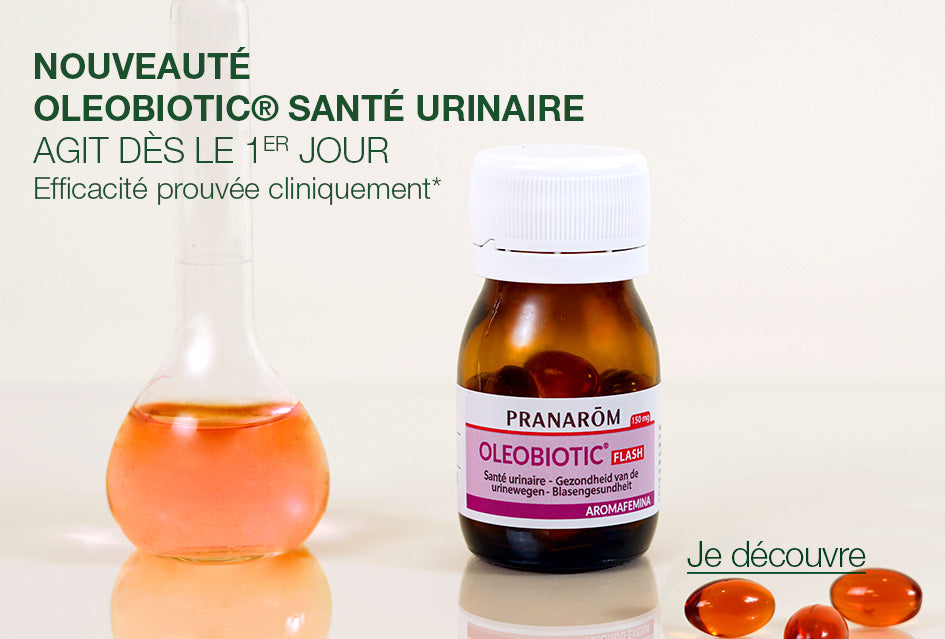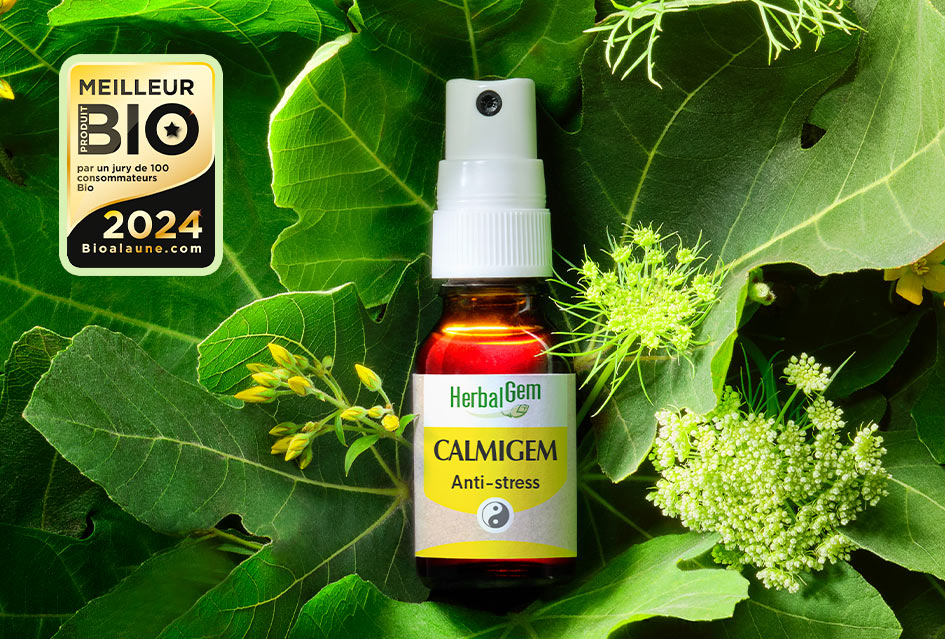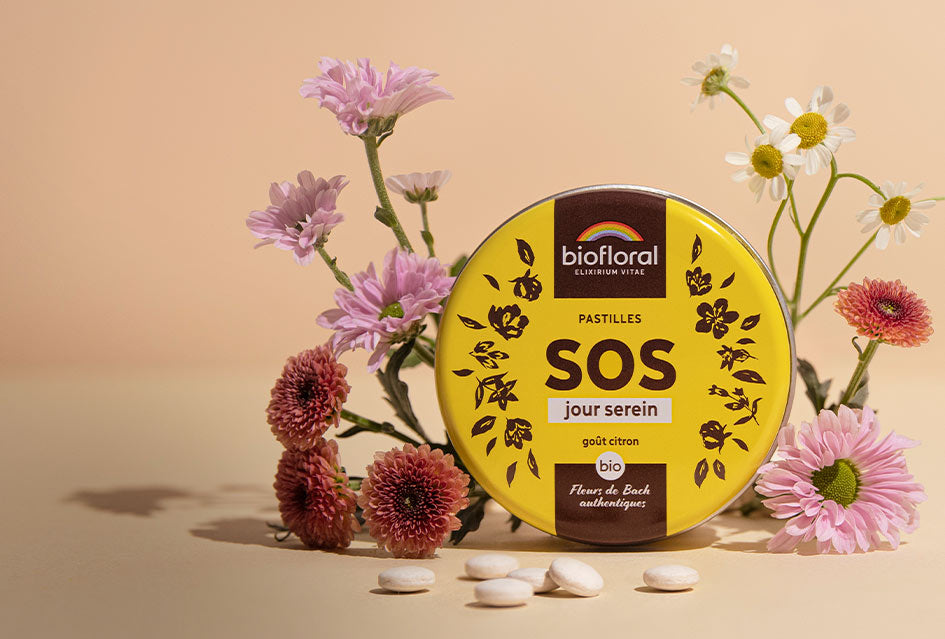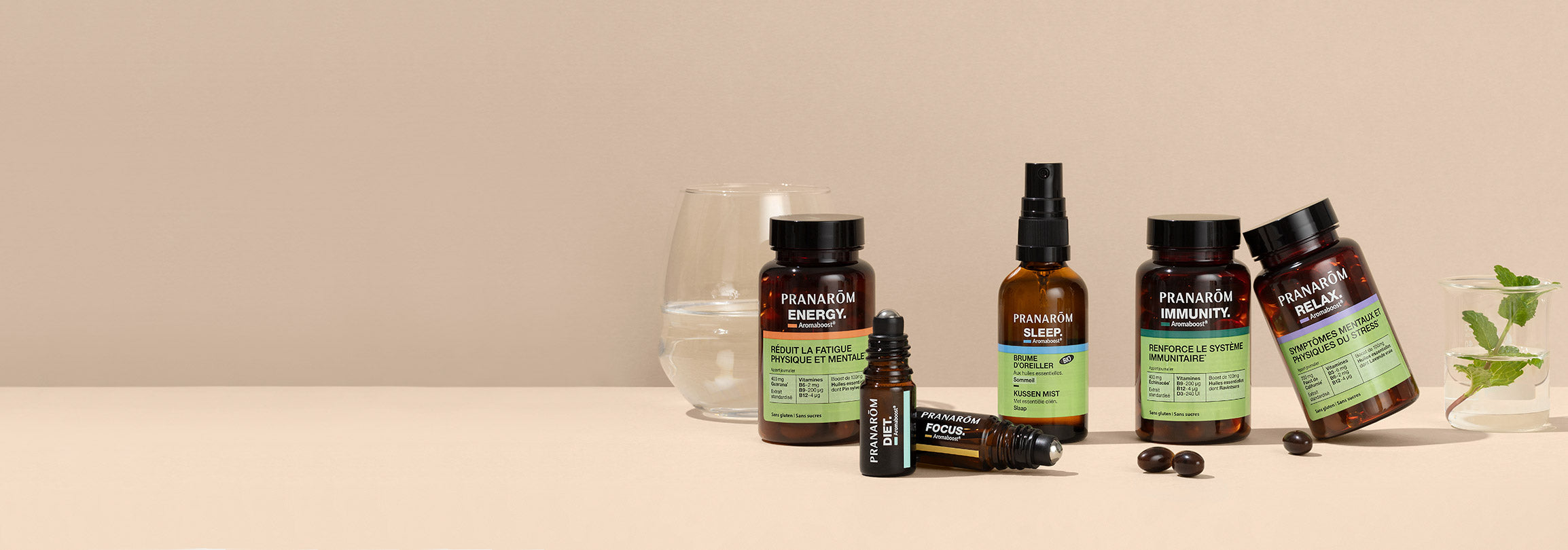Hyperhidrosis, how to relieve excessive sweating?
Hyperhidrosis , or excessive sweating, is a common problem affecting approximately 3% of the world's population. It can be a source of anxiety and affects the quality of life of those who suffer from it. Fortunately, natural solutions exist to help control this excessive sweating, in addition to conventional medical treatments.
What is hyperhidrosis?
Sweating is a natural phenomenon used by the body to lower its temperature when it becomes too hot. Hyperhidrosis is a condition characterized by sweating that greatly exceeds the body's needs for thermal regulation.
It can manifest itself in a localized manner , mainly affecting the armpits, palms of the hands, soles of the feet, or even the face. In rarer cases, it can be generalized and affect the entire body.
Localized hyperhidrosis
Localized hyperhidrosis is the most common. It is often triggered by factors such as stress, anxiety, or heat . It usually appears in childhood or adolescence and may diminish with age.
Generalized hyperhidrosis
Less common, generalized hyperhidrosis is often linked to underlying medical conditions such as hyperthyroidism, diabetes, or certain infections. It requires a medical diagnosis to identify the precise cause.
What are the symptoms of hyperhidrosis?
Hyperhidrosis is characterized by excessive sweating that can occur for no apparent reason, even in the absence of heat or physical activity. Key symptoms include:
-
Excessive sweating that wets clothes, often accompanied by unpleasant odors.
-
Sweaty hands and feet , making handling objects difficult.
-
Underarm sweat rings , visible even with light-colored clothing.
-
Slippery skin , especially on the palms, causing discomfort in daily life.
These symptoms can lead to social anxiety and impairment in professional life , due to the fear of sweating in public.
How is hyperhidrosis diagnosed?
Diagnosis of hyperhidrosis is based on a combination of clinical observations and medical examinations. This involves assessing the intensity of sweating and determining the underlying cause:
-
Initial consultation : The doctor will begin by taking a detailed medical history , focusing on the frequency, location, and triggers of excessive sweating.
-
Confirmation of diagnosis : The doctor may use tests, such as the iodine-starch test , which allows visualization of the area affected by excessive sweating.
Once the diagnosis is made, it is essential to determine whether the hyperhidrosis is primary or secondary in order to direct treatment appropriately.
Primary hyperhidrosis
With no identified cause, primary hyperhidrosis often occurs in the armpits, hands, and feet. It is often triggered by:
-
Strong emotions and stress ;
-
High temperatures ;
-
Spicy foods or alcohol ;
-
Physical efforts ;
-
Genetic factors (25% are familial cases).
Secondary hyperhidrosis
Primary hyperhidrosis is related to underlying medical conditions, such as:
-
Endocrine diseases (e.g., hyperthyroidism) ;
-
Infections (e.g. tuberculosis) ;
-
Neurological conditions (e.g., Parkinson's disease) ;
-
Anxiety disorders ;
-
Certain medications (e.g., antidepressants).
Essential oils against hyperhidrosis
Thanks to their astringent, antibacterial, regulating and purifying properties , essential oils can help reduce excessive perspiration.
Clary Sage essential oil to regulate perspiration
Clary Sage essential oil is one of the most effective oils for regulating excessive perspiration . Thanks to its hormonal regulating and antiperspirant properties ( antiperspirant action of sclareol), it helps reduce sweat production.
It also has a calming effect (thanks to linalool and linalyl acetate) that helps reduce stress and anxiety, which are triggers of sweating. Finally, its anti-infectious action helps fight microorganisms that cause unpleasant odors.
For optimal use :
-
Cutaneous use : mix 3 or 4 drops of Clary Sage essential oil in a vegetable oil (jojoba, coconut, etc.) and apply to the affected areas, such as the armpits or feet, after showering.
-
Inhalation : Place 1 to 2 drops on a tissue and breathe deeply to benefit from its calming effects.
-
Oral route : to relieve hot flashes , place 1 to 2 drops on a neutral surface 2 to 3 times a day.
Contraindications
Clary Sage essential oil is:
-
Not recommended for pregnant and breastfeeding women ;
-
Not recommended for children under 6 years old ;
-
Contraindicated in cases of hormone-dependent cancers (breast cancer for example).
Always do a skin test before use: 2 drops of the mixture in the crook of the elbow to check for no reaction for 24 hours.
Palmarosa essential oil against bad odors
Often recognized as the natural deodorant , Palmarosa essential oil is above all a powerful broad-spectrum antibacterial oil (geraniol). This property allows it to fight against bacteria responsible for bad odors in cases of excessive perspiration.
Antifungal , it also helps fight against mycoses caused by perspiration. It will also leave a floral scent , similar to rose, on the skin.
For optimal use:
-
Mix 3 or 4 drops of Palmarosa essential oil in a vegetable oil and apply to the affected area;
-
Add a few drops to a homemade natural deodorant;
-
Spray Palmarosa hydrosol on the feet.
Contraindications
Palmarosa essential oil should be avoided by pregnant women, especially during the first three months, and by children under 6 years of age. A skin test is recommended.
Cistus Ladanifer essential oil to tighten pores
Cistus Ladanifer essential oil is known for its astringent properties . It tightens sweat pores on the palms of the hands, soles of the feet, and forehead. This helps regulate excessive perspiration.
It also helps maintain healthy skin by promoting the healing of minor skin irritations often caused by perspiration.
For optimal use:
-
Mix 3 or 4 drops of Cistus Ladanifer essential oil with a carrier oil such as jojoba oil, then apply this mixture to areas prone to excessive perspiration, such as the hands or feet.
-
Add a few drops to your natural deodorant to boost its effectiveness.
Contraindications
Cistus Ladanifer essential oil should be used with caution. It is not recommended for pregnant or breastfeeding women, or for children under 6 years old. A skin test is recommended.
Synergy of essential oils to combat excessive perspiration
Mix the following oils:
-
60 drops of Clary Sage essential oil;
-
60 drops of Palmarosa essential oil;
-
30 drops of Cistus essential oil.
Apply 1 drop of the mixture to each armpit, foot, or hand twice a day if necessary. Apply 5 days out of 7 to avoid using it every day.
This mixture is not recommended for pregnant and breastfeeding women and children under 6 years old.
DIY deodorant balm
This natural deodorant with a creamy texture, gentle on the skin and easy to apply, will protect you from unpleasant odors.
To create the synergy:
-
15 drops of Palmarosa EO ;
-
Aloe vera: enough to fill a 60 ml bottle.
Apply it under the armpits, massaging it in. One pump is enough for both armpits.
Vegetable oils against excessive sweating
In addition to essential oils, certain vegetable oils may play a role in managing excessive sweating, by moisturizing and protecting the skin.
Coconut vegetable oil
Coconut vegetable oil is known for its moisturizing and antibacterial properties . It helps keep skin soft while neutralizing odors.
For optimal use :
-
Apply a small amount under armpits or on feet after showering ;
-
It can also be used as a base for diluting essential oils.
Contraindications
Coconut vegetable oil has no contraindications for external use. Avoid applying it to very oily areas of the skin.
Jojoba vegetable oil
Jojoba vegetable oil is an excellent option for regulating sebum production . It is light and non-comedogenic , ideal for skin prone to excessive sweating.
For optimal use:
-
Use it as a base to dilute essential oils ;
-
Apply directly to skin for deep hydration.
Contraindications
No known side effects for external use. It is balancing and non-comedogenic, making it suitable for all skin types. It is also one of the essential vegetable oils for summer.
Hyperhidrosis can be a difficult condition to live with, but it's not without solutions. By incorporating essential and plant oils into your daily routine, you can naturally alleviate symptoms.
Remember to consult a healthcare professional for an accurate diagnosis and appropriate follow-up, especially if excessive sweating persists or worsens.


